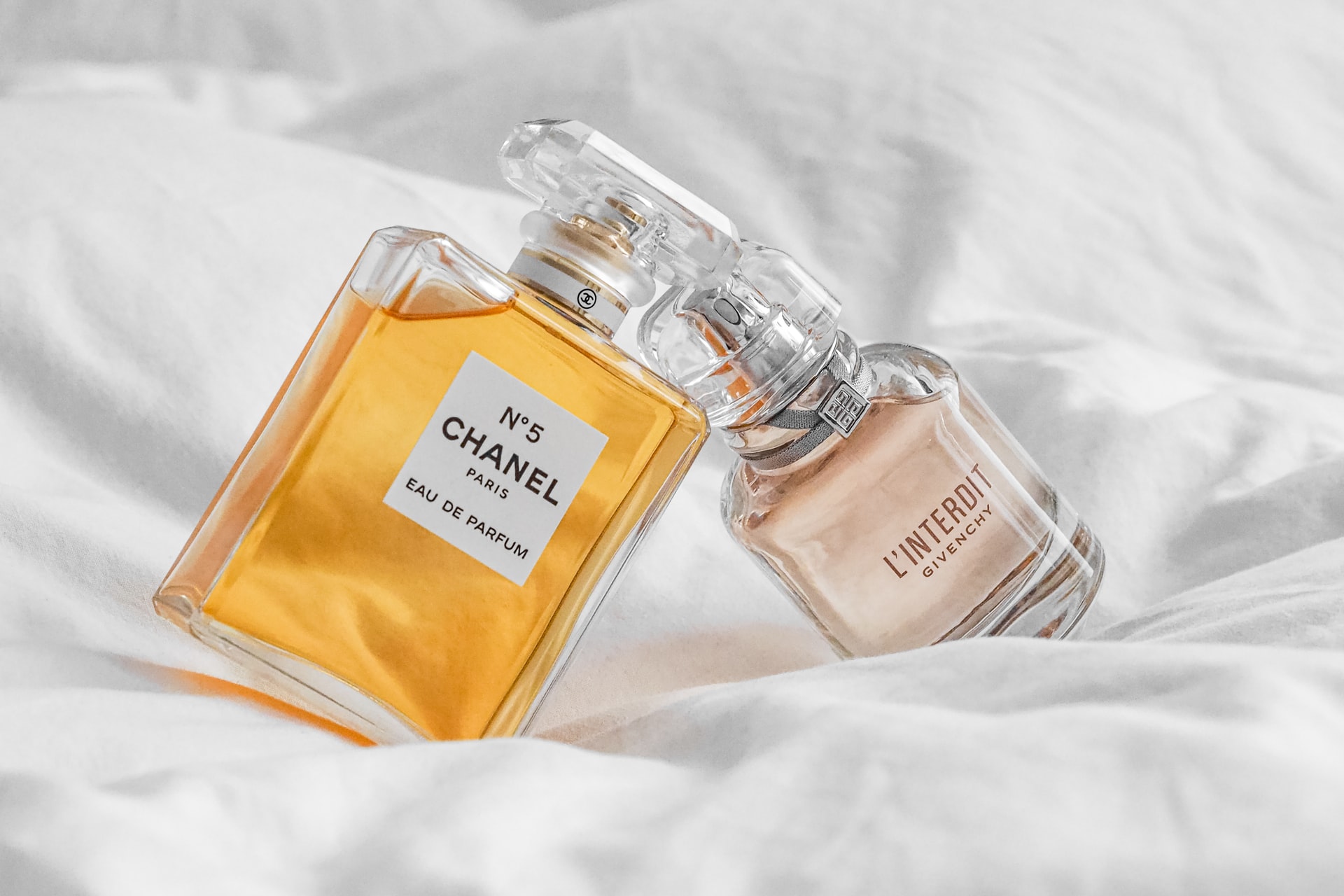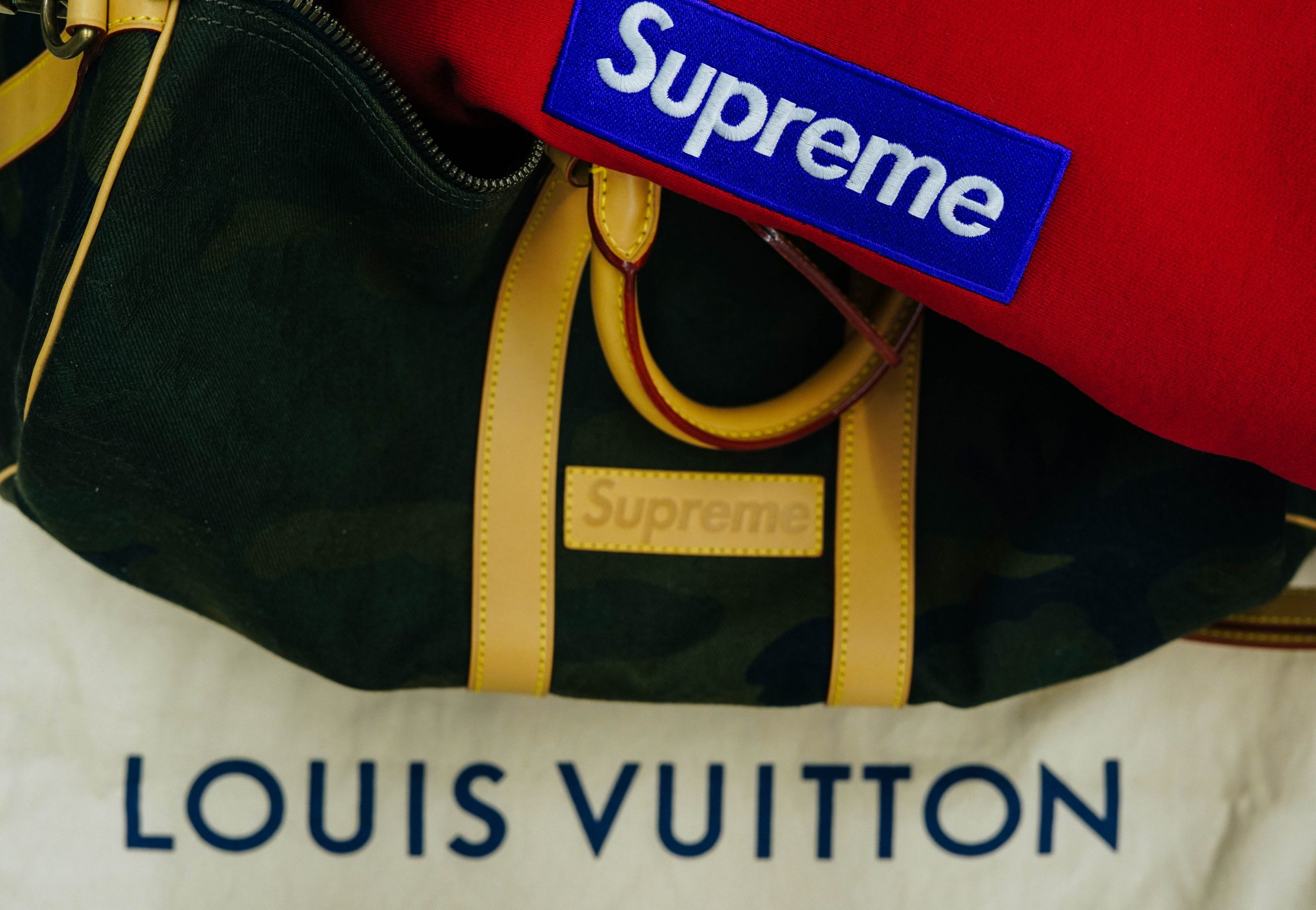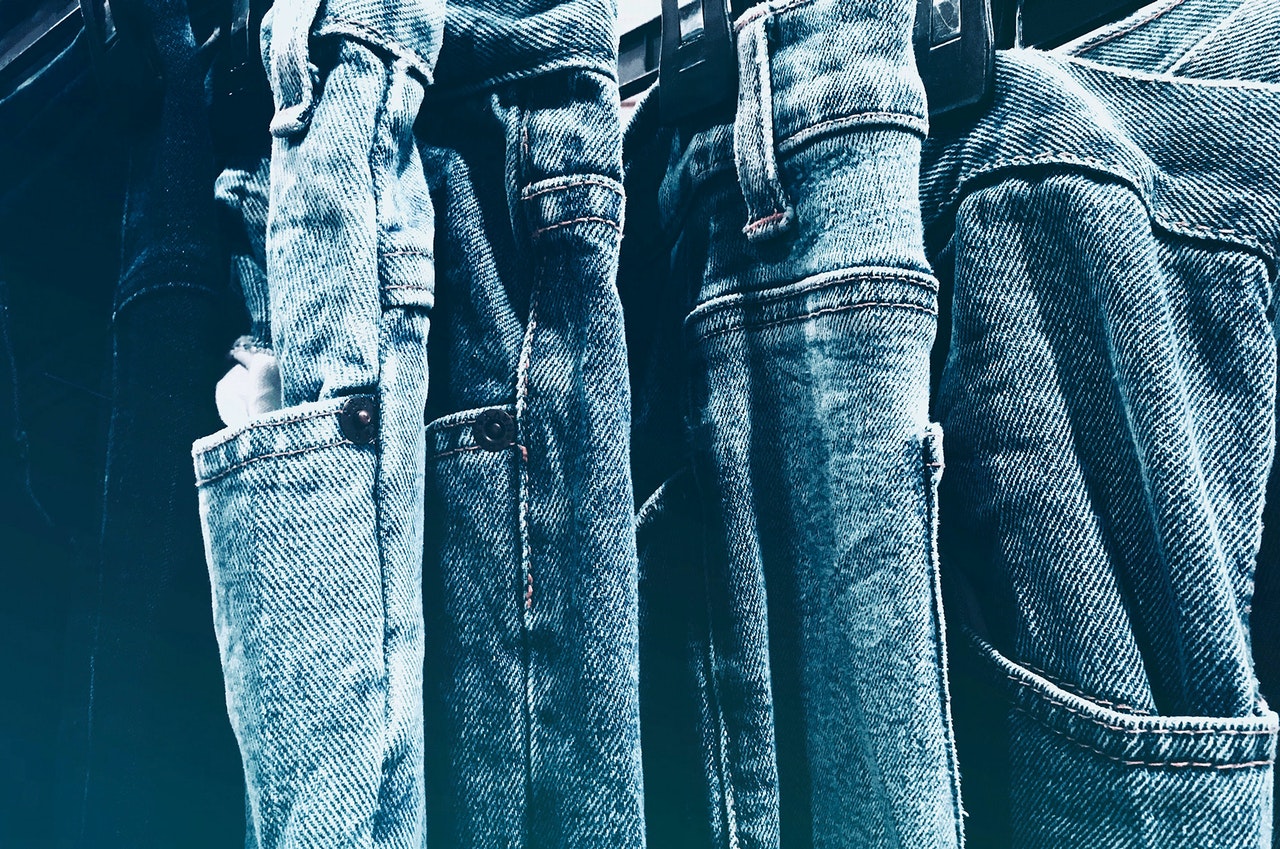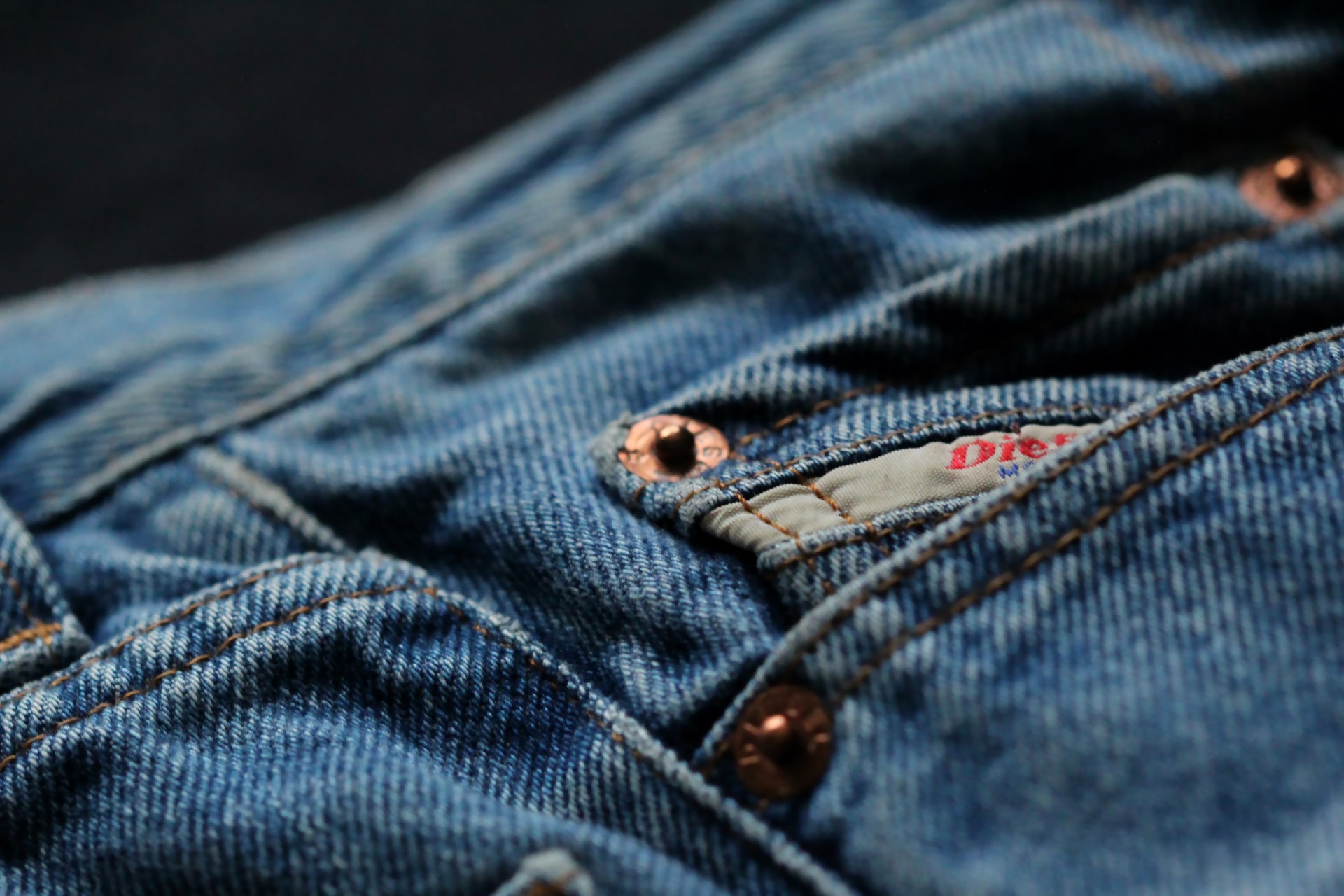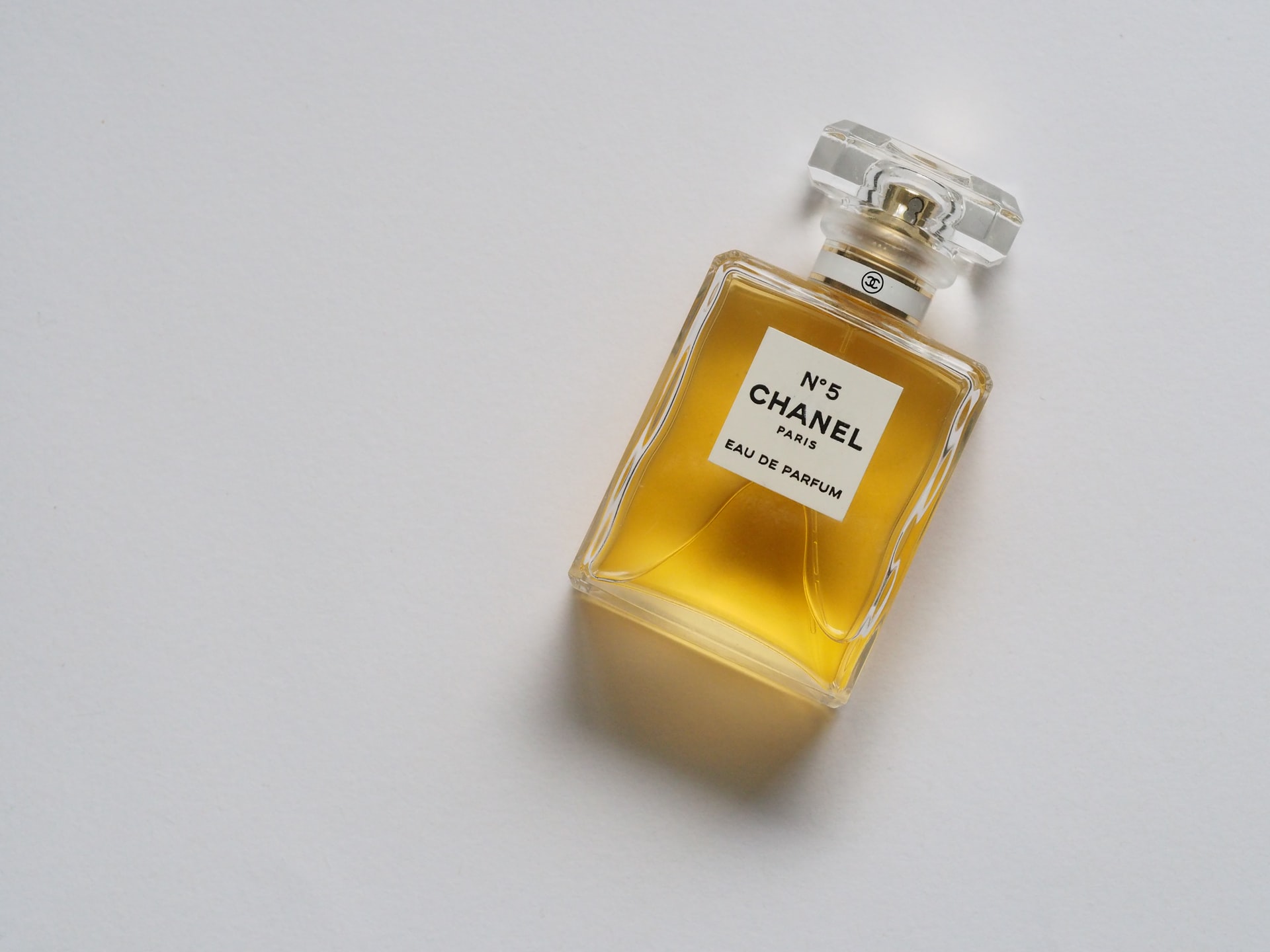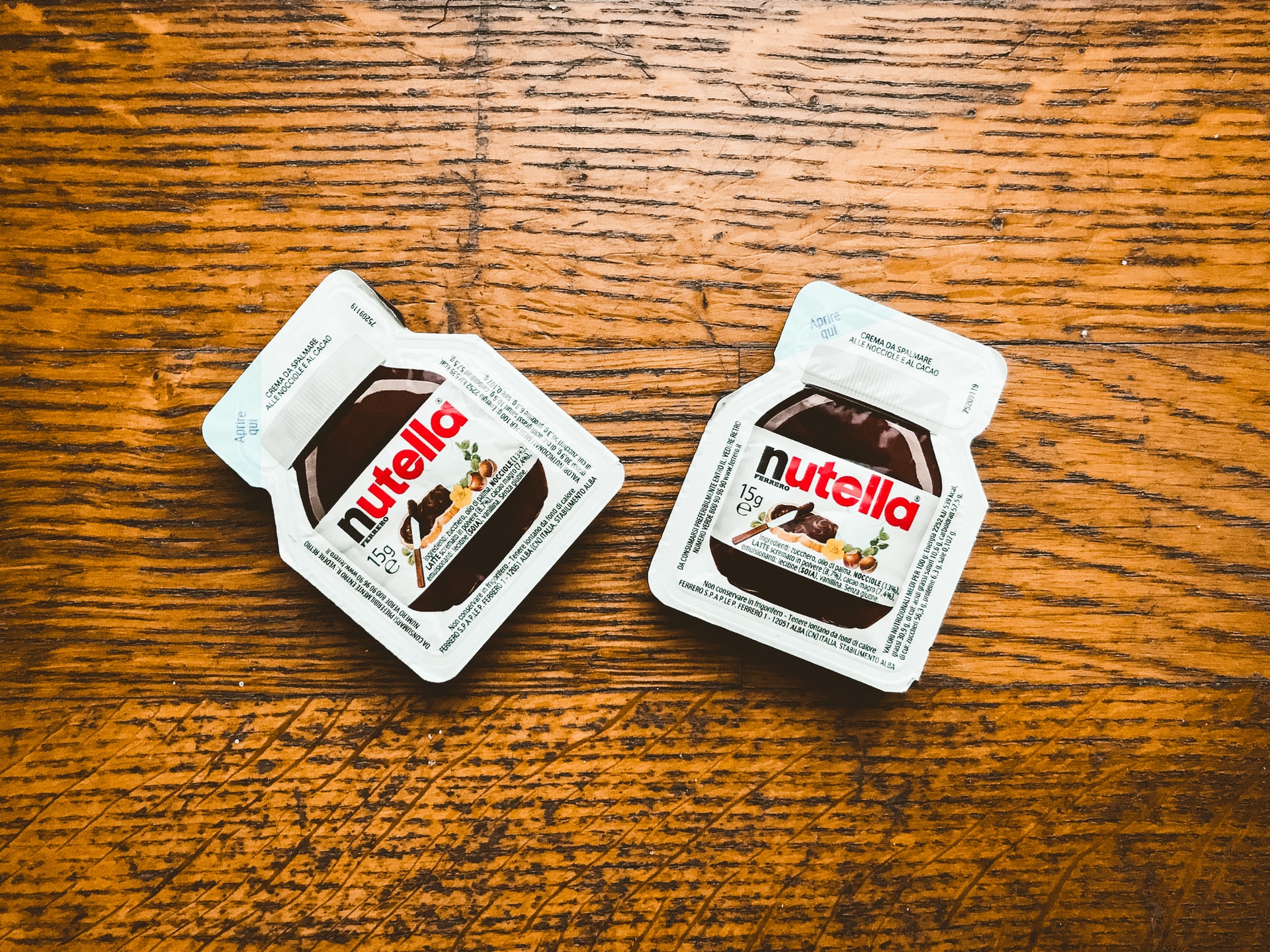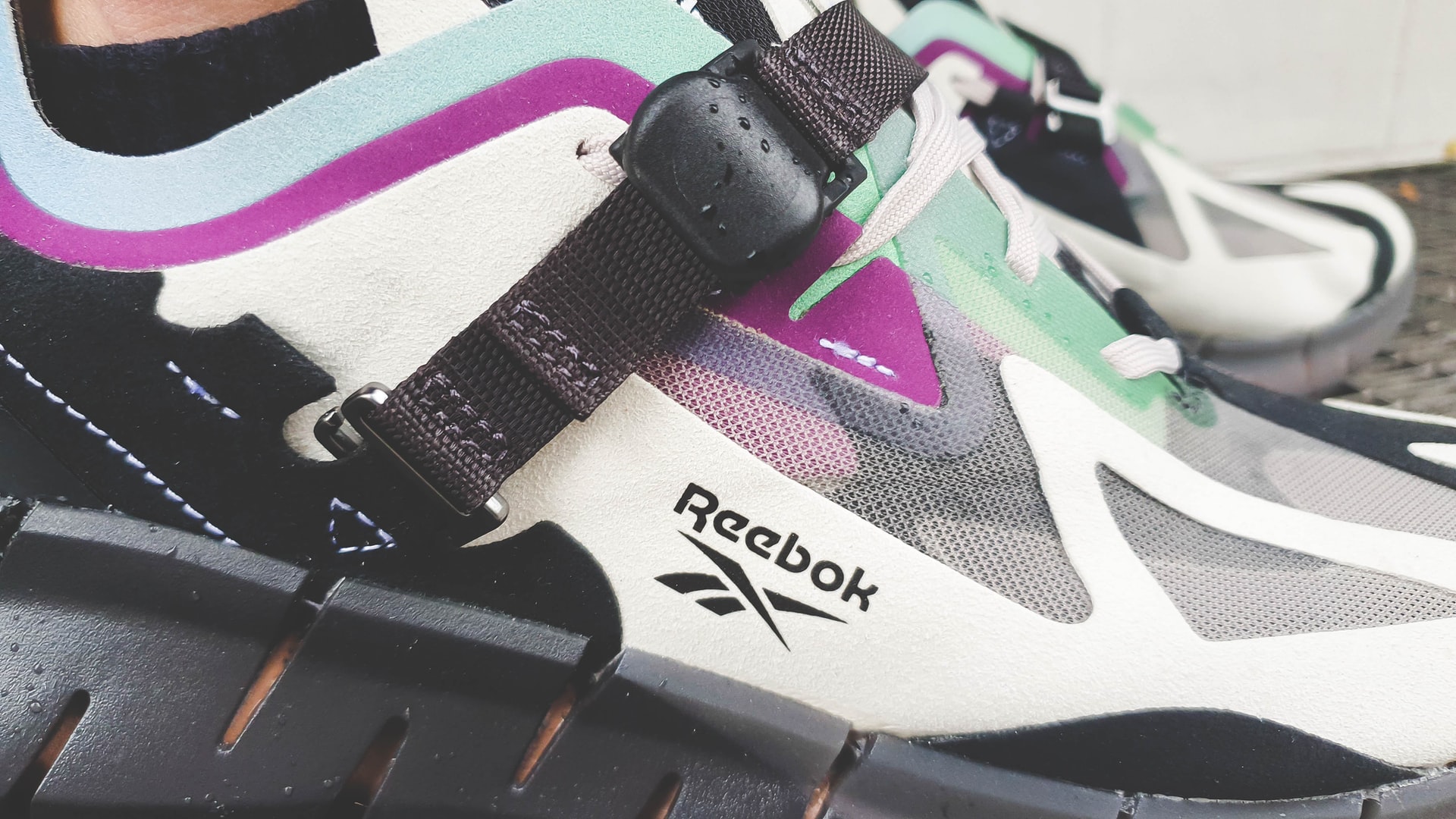Reading Time: < 1 minutes
- Factor 1: Tradition of leather-making
- Most of the big Italian fashion brands that have become global names started with ‘leather’.
- Prada (1913), Gucci (1921), Ferragamo (1927) & Bottega Veneta (1966) began as leather goods stores.
- Even Roberto Cavalli, best known today for wild prints, became famous by patenting a procedure for printing on leather.
- Italy has thousands of leather businesses today (more than 4500 in Sicily alone).
- Factor 2: Craftsmanship
- Artisanship has always been a critical feature in Italy, and surnames based on trade are held in high regard.
- For example, Ferrari, a common surname in Italy, comes from Ferraro, meaning blacksmith.
- And the founder of the iconic car brand Ferrari was a blacksmith’s son.
- Similarly, other common surnames, Vasari & Tessitori, come from pottery makers & weavers.
- The respect for artisanship has led to “Made in Italy” becoming a powerful ‘brand’ that has benefited Italian leather goods.
- Factor 3: High focus on vegetable tanning
- Unless made in a lab, most leather comes from animal hides or skin, which is full of damaging bacteria.
- One solution to get rid of bacteria is to dry the leather, but drying makes the leather hard like wood.
- To avoid bacteria or hardness, experts tan the leather.
- Tanning comes from tannins (natural substances found in tree bark, leaves & fruits, etc.).
- In the 1840s, a chemical alternative, Chromium Sulfate, was discovered that reduced the tanning time to a couple of days against months in the case of vegetable tanning.
- Now, 90% of the leather in the world is chrome-tanned, but most of the Italian leather is vegetable tanned.
- Santa Croce, a town in Italy, for example, has hundreds of leather tanners, and all focus on vegetable tanning.
- There is also a consortium, VPICAV, dedicated solely to veg-tanning leather traditionally, which may take months.
- Because they can’t have an artificial chemical coating to hide flaws, veg-tanned leathers have to be high-quality to begin with and, therefore, expensive.
Image courtesy of Pixabay through Pexels
Reference shelf :


